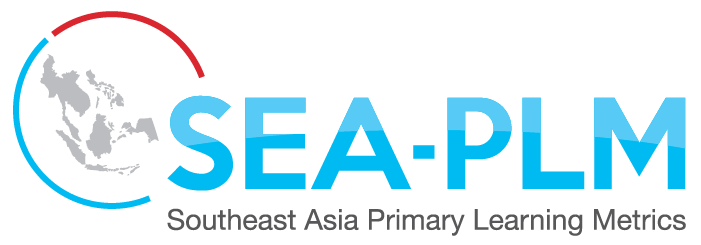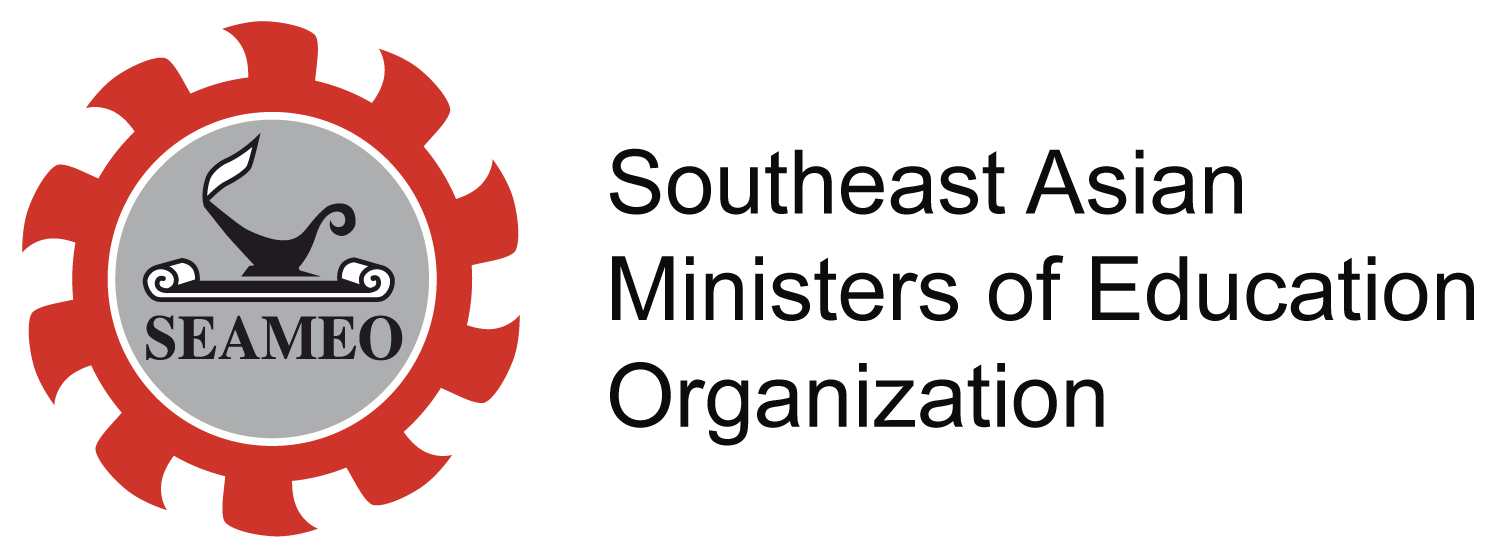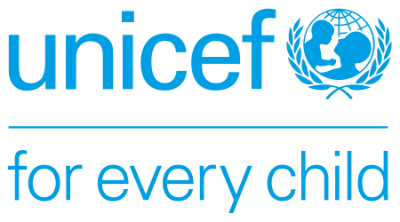
The SEA-PLM surveys aim to achieve the breadth and rigour of a large-scale international survey, while at the same time addressing the unique needs and contexts of countries in the Southeast Asia region. Instruments and procedures used in SEA-PLM focus on delivering valid and reliable data on children’s level of proficiency through tests in three learning domains: reading, writing and mathematics, while reporting on education context and participants’ attitudes through questionnaires.
Recommended citation: UNICEF & SEAMEO. (2024).SEA-PLM 2024 test and questionnaire assessment framework . Bangkok, Thailand: United Nations Children’s Fund (UNICEF) & Southeast Asian Ministers of Education Organization (SEAMEO) – SEA-PLM Secretariat.

Culled from the SEA-PLM 2019 cycle, the compendium of items aims to expose curriculum specialists, teachers, and schools to test items developed in the context of international large-scale assessments (ILSA).
Recommended citation: UNICEF & SEAMEO. (2024). Compendium of SEA-PLM reading and mathematics items for public release. Bangkok, Thailand: United Nations Children’s Fund (UNICEF) & Southeast Asian Ministers of Education Organization (SEAMEO) – SEA-PLM Secretariat.

Established and partially revised standards guiding the data collection activities for SEA-PLM 2024. It provides a benchmark to assess data quality compliance and project implementation procedures by countries and organisations participating in SEA-PLM 2024.
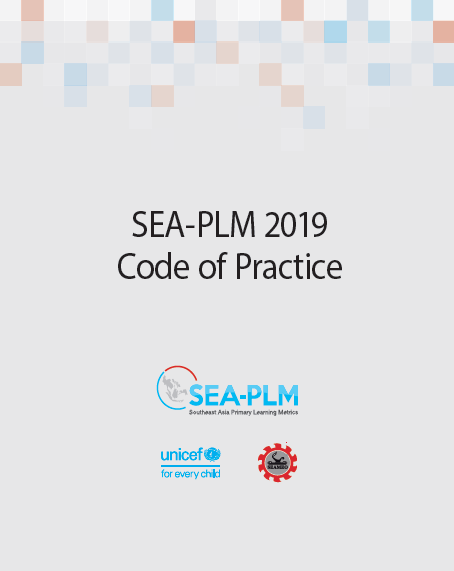
SEA-PLM Code of Practice is based on the ASEAN Community Statistical System (ACSS) Code of Practice, consistent with the Fundamental Principals of the Official Statistics adopted by the United Nations Statistical Commission in 1994. The SEA-PLM Code of Practice for SEA-PLM 2019 is essential for ensuring trust, accountability, and the highest professional standards in developing, producing, disseminating, and communicating SEA-PLM statistics.
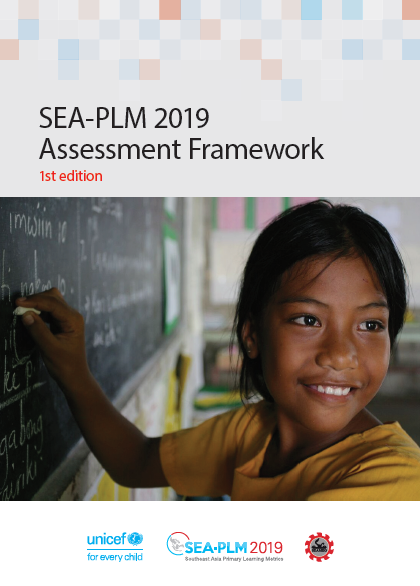
The SEA-PLM 2019 Assessment Framework outlines an approach in assessing the domains of mathematics, reading, writing and global citizenship. It describes the constructs to be measured and puts forward a concept for the contextual questionnaires. It outlines the design and content of the assessment instruments and describes how measures generated by those instruments relate to the constructs.
The framework:
- Gives a common language to stakeholders for discussion of the domain areas;
- Guides test development, ensuring that the instruments serve the intended purposes and cover the domains in the way agreed at the outset;
- Ensures that, where continuity from one year or one grade level to another is of concern, there is an articulated plan for the assessment. As a result, it provides stability or, where change is desired, it can be made explicit and implemented deliberately; and
- Communicates the purpose and features of the assessment program beyond the immediate stakeholders and, consequently, helps in the public interpretation of the results.
Recommended Citation: UNICEF & SEAMEO. (2017). SEA-PLM 2019 Assessment Framework (1st ed.). Bangkok, Thailand: United Nations Children's Fund (UNICEF) & Southeast Asian Ministers of Education Organization (SEAMEO) - SEA-PLM Secretariat.
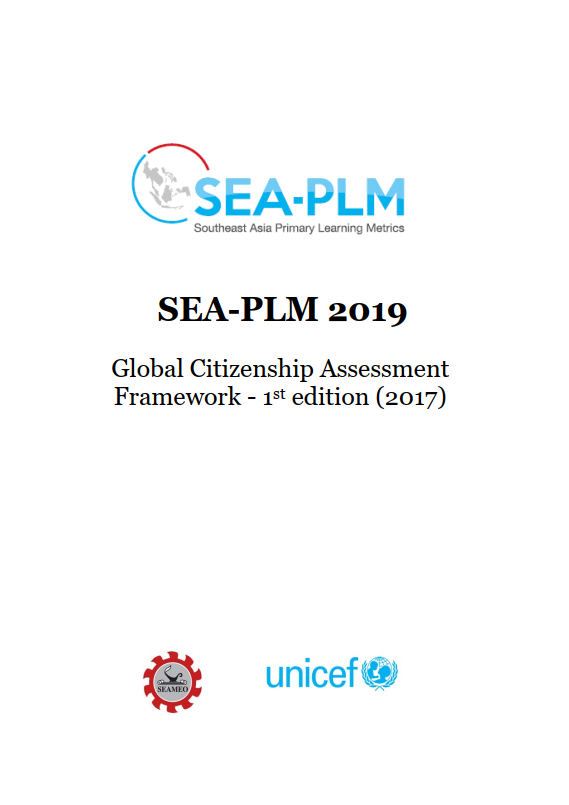
This assessment framework aims to articulate the basic structure of the global citizenship domain as part of SEA-PLM. It describes the constructs to be measured. It also outlines the design and content of the measurement instruments and describes how measures generated by those instruments relate to the constructs. It combines theory and practice to explain the what and the how of the SEA-PLM assessment of global citizenship.
Recommended Citation: UNICEF & SEAMEO. (2017). SEA-PLM 2019 Global Citizenship Assessment Framework (1st ed.). Bangkok, Thailand: United Nations Children's Fund (UNICEF) & Southeast Asian Ministers of Education Organization (SEAMEO) - SEA-PLM Secretariat.
-->


